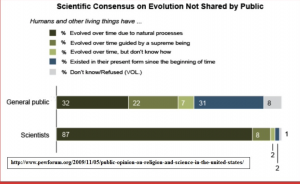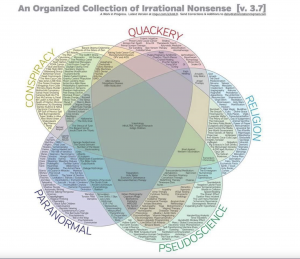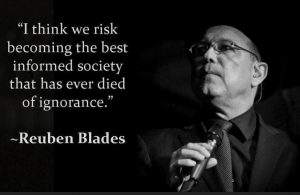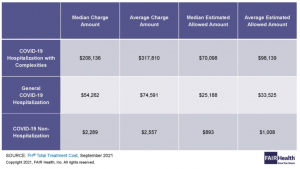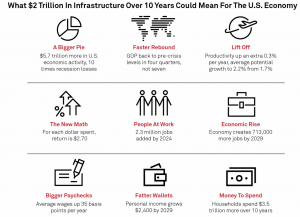Equity markets are getting hammered, the bond market is up substantially, and energy prices and assets are zooming.
Those are the immediate effects of Russia’s invasion of Ukraine.
What will happen now is anyone’s guess, but here’s how I see it.
- Putin is all in. Attacks are hitting cities hundreds of miles from the Donbass and eastern Ukraine, signifying Putin’s intent to take over the entire country.
- The western countries – Europe and North America, as well as some Asian nations will rally around severe penalties for Russia – blocking access to the SWIFT system, banning trade in Russian debt and equities, and instituting a broad ban on exports to Russia.
- This isn’t going to end anytime soon.
- Ukraine will be very hard-pressed to hold off Russian forces; the Ukrainian military is much smaller, has fewer armored vehicles and airplanes, and isn’t positioned well to fend off attacks from the north and southwest.
- China is a bit of a wild card; it
- consumes a lot of Russian foodstuffs, gas and oil,
- sees Russian aggression as a not-very-big-deal,
- likes the strategic problems the invasion creates for the West (China could move aggressively on Taiwan), but
- knows Russia’s financial situation is going to deteriorate quickly,
- has tens of billions invested in Russia, and
- understands that Putin is playing with a fairly weak hand.
So, I’d expect:
- energy prices will jump – a lot
- interest rates will increase;
- equity values will drop;
- investment activity will halt while investors try to figure out what the future holds.
On the scarier side, expect Russia to launch cyber attacks in retaliation for Western sanctions, attacks that will very likely target financial institutions, infrastructure and commercial entities.
What does this mean for you?
Uncertainty breeds stasis…until we see where this is headed, expect interest rates to rise which will increase the cost of debt and reduce private equity investment.

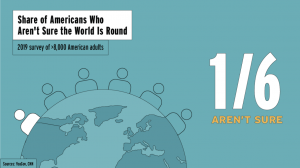 I
I
